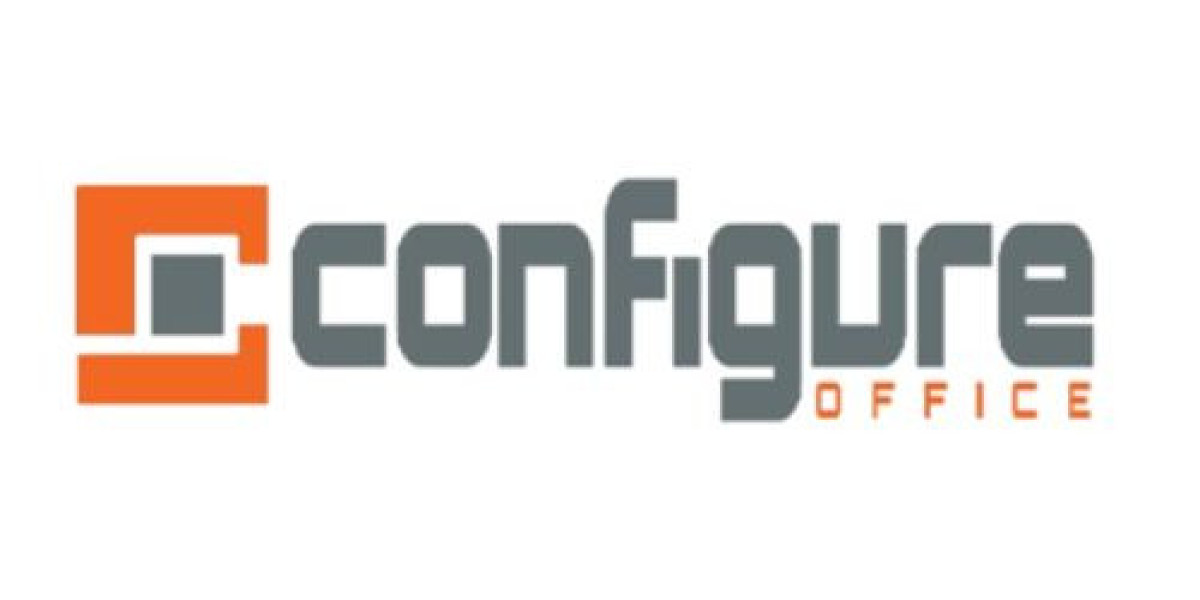In the dynamic landscape of modern workplaces, the debate between open-plan offices and traditional cubicles continues to evolve. As businesses strive to create environments that foster productivity, collaboration, and employee satisfaction, the future of office cubicles is being reimagined. Balancing openness and privacy within these workspaces is crucial for meeting the diverse needs of today’s workforce.
The Shift Towards Open-Plan Offices
Open-plan offices emerged as a popular trend in the late 20th century, aiming to break down barriers and encourage communication and collaboration among employees. The design removes physical partitions, creating a spacious and inclusive environment. Proponents of open-plan offices argue that this layout enhances teamwork, fosters creativity, and improves the flow of information.
However, the open-plan concept has its drawbacks. The lack of privacy can lead to distractions and decreased productivity. Employees often struggle with noise, interruptions, and the inability to concentrate on individual tasks. Recognizing these challenges, businesses are seeking innovative solutions that combine the benefits of open-plan offices with the need for personal space.
Reimagining the Office Cubicle
The future of office cubicles lies in striking a balance between openness and privacy. Modern cubicle designs are evolving to address the shortcomings of both traditional cubicles and open-plan layouts. These new designs aim to create a flexible and adaptable workspace that meets the diverse needs of employees.
1. Modular and Flexible Designs
One of the key trends in modern cubicle design is modularity. Modular cubicles can be easily reconfigured to adapt to changing needs. This flexibility allows businesses to create open spaces for collaboration while providing enclosed areas for focused work. Employees can adjust their workspace according to their tasks, promoting a sense of autonomy and comfort.
2. Acoustic Solutions
Noise is a significant concern in open-plan offices. To address this, modern cubicles incorporate acoustic solutions to reduce distractions. Sound-absorbing materials, noise-canceling panels, and white noise machines help create a quieter and more conducive environment for concentration. These solutions ensure that employees can work without being constantly interrupted by background noise.
3. Personalization and Ergonomics
Personalization is another important aspect of the future cubicle. Employees are more productive when they have control over their workspace. Modern cubicles offer adjustable desks, ergonomic chairs, and customizable storage options. This personalization allows employees to create a workspace that suits their individual preferences and needs, enhancing comfort and productivity.
4. Integration of Technology
Technology plays a crucial role in the future of office cubicles. Smart cubicles are equipped with integrated technology to support modern work requirements. Features such as built-in charging stations, wireless connectivity, and adjustable lighting create a seamless and efficient workspace. These technological advancements enable employees to stay connected and productive throughout the day.
5. Biophilic Design Elements
Incorporating elements of nature into office cubicles, known as biophilic design, has gained popularity. Plants, natural light, and nature-inspired decor create a calming and aesthetically pleasing environment. Biophilic design not only enhances the visual appeal of the workspace but also promotes well-being and reduces stress among employees.
6. Privacy Solutions
While openness is essential for collaboration, privacy remains crucial for focused work and personal well-being. Modern cubicles strike a balance by offering privacy solutions such as adjustable partitions, privacy screens, and enclosed pods. These features provide employees with the option to retreat to a quiet space when needed, without completely isolating them from the team.
Conclusion
The future of office cubicles is a harmonious blend of openness and privacy, designed to meet the evolving needs of the modern workforce. By embracing modularity, acoustic solutions, personalization, technology integration, biophilic design, and privacy options, businesses can create a workspace that fosters productivity, collaboration, and employee satisfaction. As we move forward, the reimagined office cubicle will continue to play a pivotal role in shaping the future of work, ensuring that employees can thrive in a balanced and adaptable environment.








